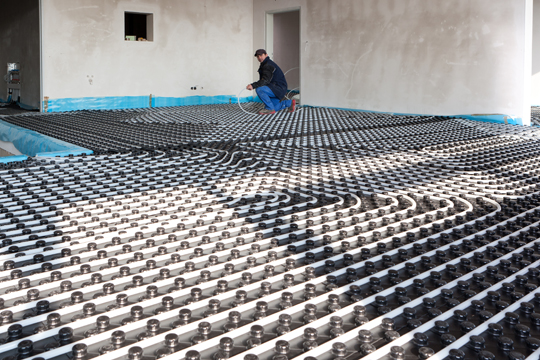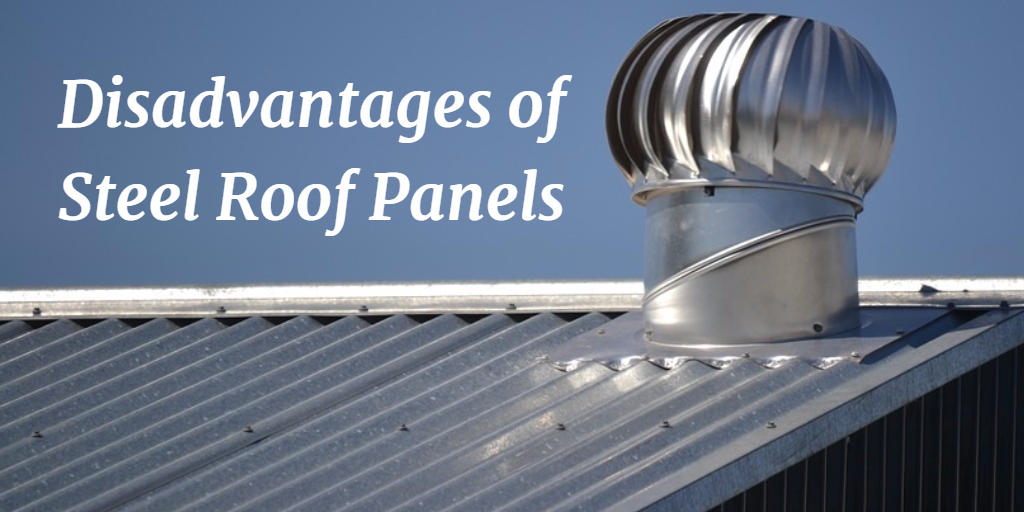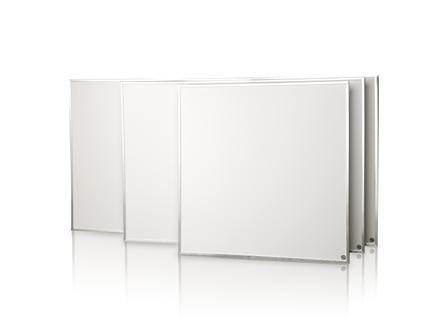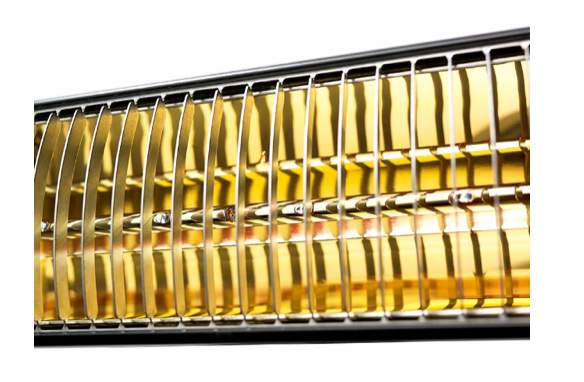Radiant Ceiling Panels Disadvantages

Water pipes electric or air flows embedded in the panel.
Radiant ceiling panels disadvantages. Install them in your bathroom office or studio anywhere you need to keep warm and conserve floor space for activities. Radiant ceiling panels provide a different means for heating a home. Disadvantages of radiant ceiling panels. The panels do not require a duct system are dust free and warm up faster than other heating methods.
Installed in the ceiling and designed to look like a ceiling they produce heat in lieu of traditional heating methods such as a heat pump or oil furnace. If you have an electric radiant heating system anywhere in your house make sure you have a working fire extinguisher on hand. Since the bulk of the typical radiant heating system is located in the walls or under floors even basic diagnostic or repair work can be costly and inconvenient. With three mounting options they can fit any ceiling space helping to offset heat loss through perimeter windows and entrances.
Difficult to access for repairs. Installed in the ceiling and designed to look like a ceiling they produce heat in lieu of traditional heating methods such as a heat pump or oil furnace. This characteristic allows an almost instantaneous improvement in the thermal comfort of a cool room. Radiant floor heating systems with low thermal mass such as electric ceiling panels release heat almost instantly when turned on.
Radiant ceiling panel systems can be used during a building retrofit process while earning points toward leed certification radiant ceiling panels offer temperature gradients so low between ceiling and floor that there is less than one degree of difference.









































